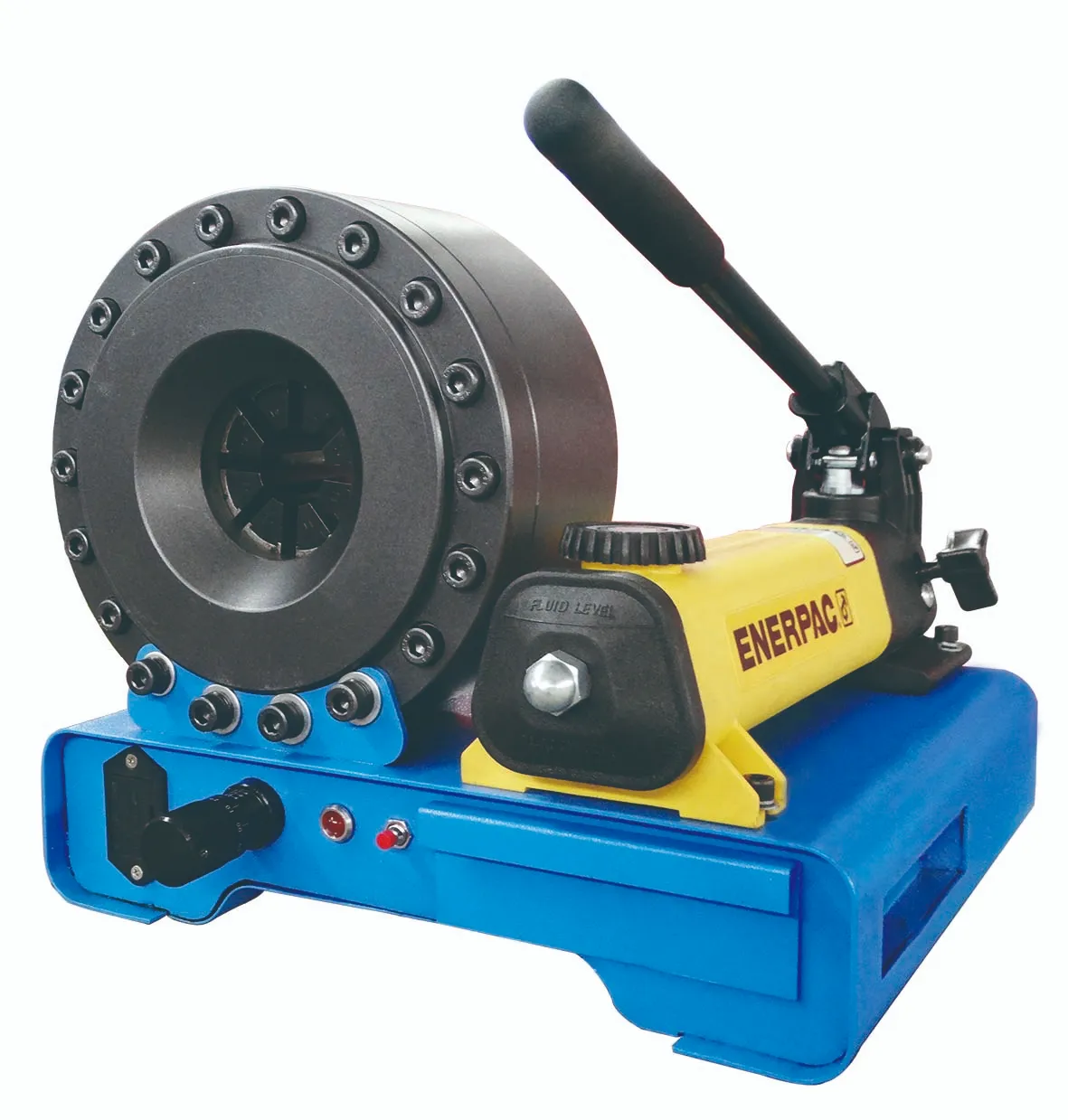335345435
Aug . 16, 2024 23:31 Back to list
Suppliers of PTFE Stainless Steel Braided Hoses for Various Applications and Industries
The Growing Demand for PTFE Stainless Braided Hoses and Suppliers in the Market
In recent years, the industrial landscape has evolved significantly, driven by advancements in materials and the increasing demand for efficient, durable, and reliable fluid transfer solutions. Among these innovations, PTFE (Polytetrafluoroethylene) stainless braided hoses have emerged as a preferred choice for a variety of applications. This article explores the characteristics of PTFE stainless braided hoses, their advantages, and the landscape of suppliers in the market.
Understanding PTFE Stainless Braided Hoses
PTFE is a high-performance fluoropolymer known for its exceptional chemical resistance, high-temperature tolerance, and excellent non-stick properties. When combined with a stainless steel braid, the resulting hose boasts not only flexibility but also mechanical strength and durability. This makes PTFE stainless braided hoses suitable for a wide range of applications, including pharmaceuticals, food processing, chemical handling, and oil and gas industries.
These hoses are designed to handle a diverse array of fluids— from corrosive chemicals to high-purity liquids— making them invaluable in sectors where safety and reliability are paramount. The stainless steel braid provides additional protection against physical damage, enhances pressure ratings, and prevents expansion or deformation under high-pressure conditions.
Advantages of PTFE Stainless Braided Hoses
1. Chemical Resistance One of the primary advantages of PTFE hoses is their ability to withstand a wide range of chemicals without degradation. This characteristic makes them ideal for transferring hazardous materials safely.
2. Temperature Tolerance PTFE can perform in extreme temperature conditions, typically ranging from -100°F to 500°F. This versatility enables its use in multiple environments, from cryogenic applications to high-heat processes.
3. Durability and Longevity The stainless steel braid increases the hose's strength and provides exceptional resistance to kinks and abrasions, resulting in longer service life and reduced maintenance costs.
4. Non-stick Properties PTFE's non-stick surface minimizes friction, which facilitates smoother fluid flow, making it easier to clean and sanitize, particularly in food and pharmaceutical applications.
ptfe stainless braided hose suppliers

5. Flexibility These hoses maintain a high degree of flexibility, allowing for easy installation in tight spaces without compromising their structural integrity.
The Role of Suppliers in the Market
As the demand for PTFE stainless braided hoses continues to rise, numerous suppliers have entered the market to cater to diverse industry needs. Suppliers play a crucial role in this ecosystem by not only providing high-quality products but also offering customized solutions to meet specific application requirements.
When selecting a supplier for PTFE stainless braided hoses, considerations should include
- Product Quality Ensure the supplier adheres to industry standards and certifications, which guarantee the quality and safety of their products.
- Customization Options Many industries require hoses of specific lengths, diameters, and fittings. A good supplier should be able to provide tailored solutions.
- Technical Support A knowledgeable supplier will offer technical support, ensuring customers choose the right hose for their applications and understand the installation process.
- Reputation and Reviews Researching a supplier's reputation through customer feedback and industry reviews can provide insights into their reliability and service quality.
In conclusion, PTFE stainless braided hoses represent a critical component in modern industrial applications. Their unique properties and advantages have made them a top choice for companies looking to ensure safety and efficiency in fluid transfer processes. With a growing number of suppliers entering the market, businesses have greater access to high-quality hoses tailored to their specific needs. By focusing on quality, customization, and technical support, suppliers can continue to foster innovation and meet the evolving demands of the industry.
-
SAE 100 R17 Black Smooth Cover Hydraulic Hose
NewsMar.07,2025
-
SAE 100 R17 Black Smooth Cover Hydraulic Hose
NewsMar.07,2025
-
SAE 100 R17 Black Smooth Cover Hydraulic Hose
NewsMar.07,2025
-
SAE 100 R17 Black Smooth Cover Hydraulic Hose
NewsMar.07,2025
-
SAE 100 R17 Black Smooth Cover Hydraulic Hose
NewsMar.07,2025
-
steel wire braided hydraulic hose
NewsMar.07,2025



